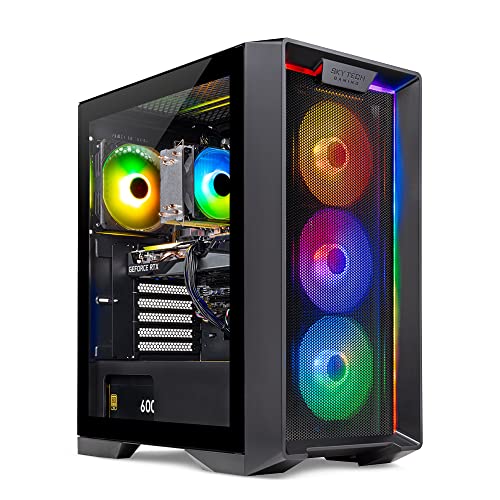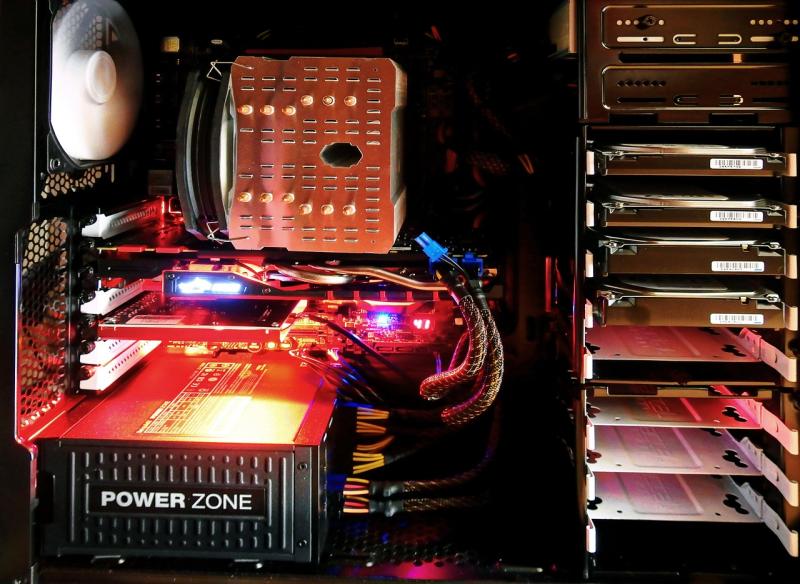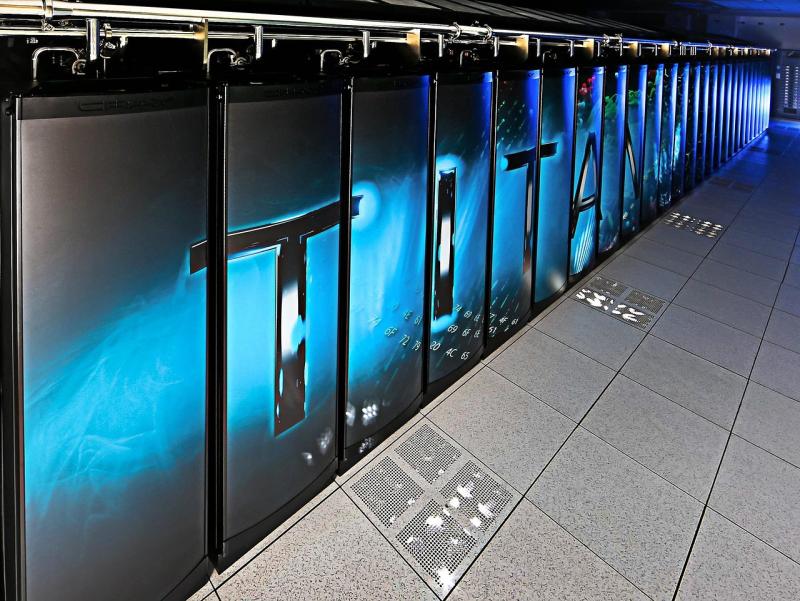**Introduction**
Virtual reality (VR) and augmented reality (AR) have long promised to transform how we interact with digital information. Next‑generation hybrid VR/AR interfaces are now merging the best elements of both worlds—combining immersive VR with real‑world overlays—to create a mixed‑reality experience that enhances productivity, collaboration, and entertainment. By fusing advanced display technologies, real‑time sensor data, and AI‑driven interactions, these systems deliver dynamic, context-aware environments that adapt to the user’s physical space and digital needs.
**Technological Innovations**
- **Hybrid Display Panels:**
Utilizing transparent OLED or Micro‑LED panels combined with holographic projection techniques, hybrid interfaces overlay digital images onto the physical environment without obstructive visuals.
- **Multi‑Sensor Integration:**
A network of cameras, depth sensors, and motion detectors collaborates to capture user position and environmental features, enabling seamless content integration and precise object tracking.
- **AI‑Assisted Content Adaptation:**
Deep learning algorithms adjust the intensity, transparency, and dynamic content of the AR overlay based on real‑time engagement metrics and environmental conditions.
- **Interactive Input Systems:**
Integrated gesture recognition, voice commands, and haptic feedback deliver an intuitive, hands‑free control system that allows users to manipulate virtual objects as naturally as physical ones.
**Applications and Benefits**
- **Immersive Collaboration:**
Hybrid VR/AR interfaces enable remote teams to interact with the same 3D models and visual data in real time, bridging geographic divides and improving collaborative decision making.
- **Enhanced Entertainment and Gaming:**
Gamers enjoy a seamless blend of virtual and physical worlds, with interactive digital content that reacts naturally to their environment.
- **Professional Design and Simulation:**
Architects, engineers, and designers can visualize and modify 3D designs in situ, enhancing the speed and accuracy of project planning and prototyping.
- **User-Centric Personalization:**
Adaptive interfaces adjust to individual user preferences and ambient conditions, delivering a tailored experience that increases engagement and satisfaction.
**Future Directions**
Future hybrid interfaces are expected to incorporate even more advanced AI personalization, with robust biometric feedback such as eye tracking and facial expression analysis to create highly individualized experiences. Enhanced wireless connectivity and integration with smart home systems will further blur the lines between physical and digital realms, making mixed‑reality a core component of everyday computing.
**Targeted Keywords:**
hybrid VR AR interface, mixed‑reality PC, immersive AR, blended virtual reality, next‑gen AR, dynamic interactive interface, real‑time sensor integration, customizable AR, VR AR collaboration
View our related products
See more



Next‑Generation Hybrid VR/AR Interfaces
Merging Physical and Digital Realities
Related Articles
Essential High-Performance PC Components You Need Now
Upgrade your setup with the must-have parts for unbeatable gaming and productivity
Top Picks for Best High-Performance PCs
Find the perfect power machine for gaming, work, or creative projects
Your Guide to the Best High-Performance PCs
Find the Right PC for Your Gaming and Creative Needs
View our related products
See more






